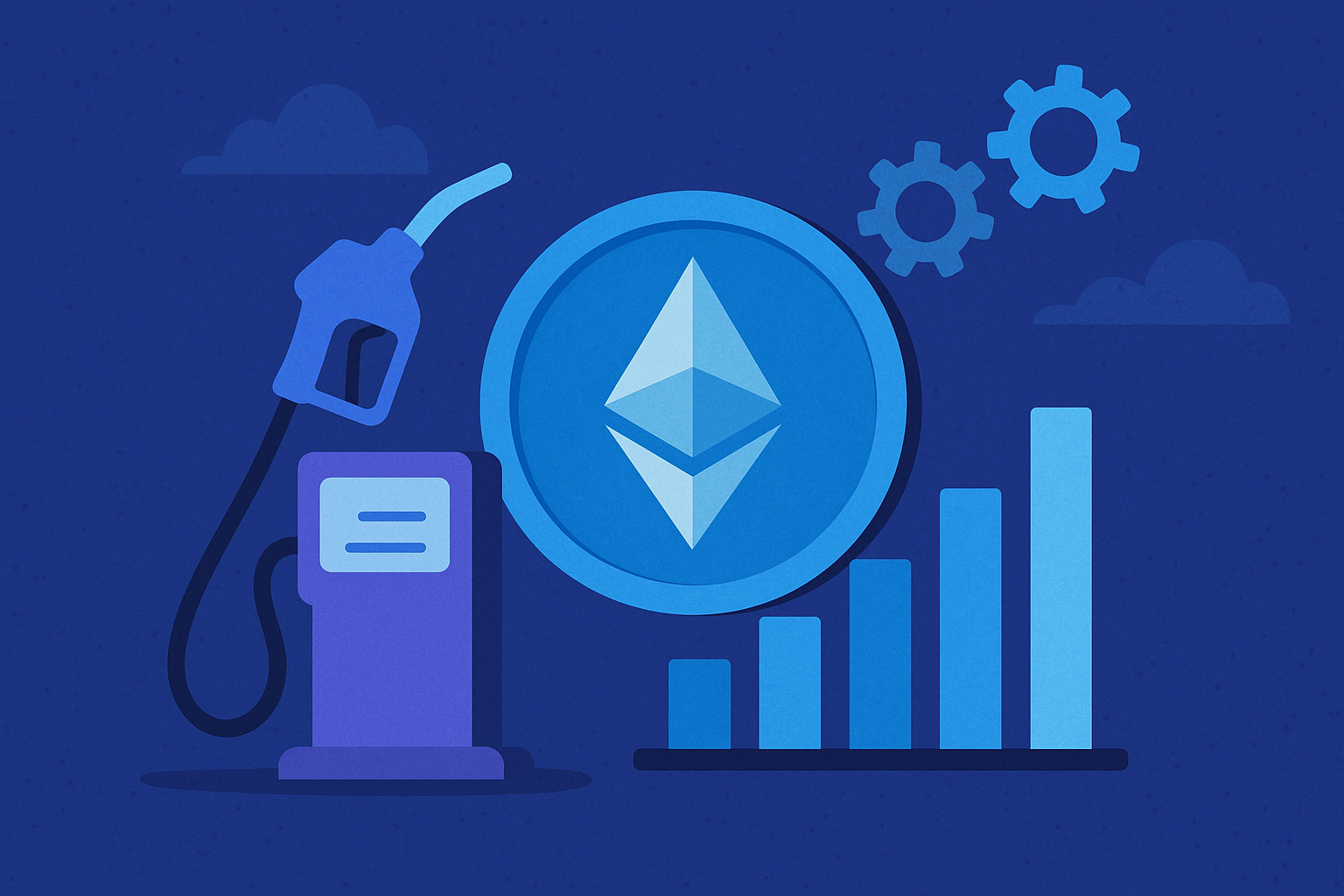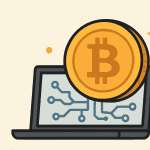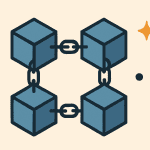If you’re new to Ethereum, you might have heard the term “gas” but found it confusing. Don’t worry—you’re not alone! This article will explain exactly what gas is, why Ethereum uses it, and why it’s essential to understand, especially if you’re starting your crypto journey.
Contents
What is Ethereum?
Before diving into gas, let’s quickly clarify what Ethereum is. Ethereum is a decentralized blockchain platform known for smart contracts and decentralized applications (dApps). Unlike Bitcoin, which mainly serves as digital money, Ethereum aims to decentralize many types of applications through smart contracts.
What is Gas in Ethereum?
In Ethereum, “gas” refers to the fee required to perform operations and transactions on the blockchain. Imagine gas as the fuel that powers Ethereum transactions. Just as a car needs fuel to run, transactions on Ethereum need gas to be executed.
When you perform a transaction or execute a smart contract, you’re asking the Ethereum network to do work. Gas fees compensate network participants (miners or validators) for their efforts in securing and processing your transactions.
Why Does Ethereum Use Gas?
Ethereum uses gas for two primary reasons:
- To Reward Miners/Validators: Ethereum’s blockchain is maintained by miners (now transitioning to validators with Ethereum 2.0). They spend resources (like electricity and hardware) verifying transactions and adding them to the blockchain. Gas fees are their incentive.
- To Prevent Network Abuse: Without fees, malicious actors could flood the network with spam or heavy tasks, causing it to become slow or even unusable. Gas fees prevent such abuses, ensuring users carefully consider each transaction.
How is Gas Calculated?
Gas prices are measured in “Gwei,” which is a tiny fraction of an Ethereum token (ETH). One ETH equals one billion Gwei. Each operation on Ethereum has a fixed gas cost. More complex operations require more gas.
The total cost of a transaction is calculated by:
Gas fee = Gas limit × Gas price
- Gas limit: Maximum amount of gas you’re willing to spend.
- Gas price: The amount you pay per unit of gas.
Higher gas prices mean miners prioritize your transactions, allowing quicker confirmation.
Why Do Gas Fees Change?
Gas fees fluctuate based on network demand. When Ethereum is busy, gas fees increase because many users compete to have transactions confirmed quickly. When network activity is low, fees decrease.
Factors that influence gas fees include:
- Network Traffic: More transactions mean higher fees.
- Complexity: Complicated smart contracts cost more.
- Speed: Faster transactions require higher gas prices.
Why Understanding Gas Matters
Understanding gas is essential for several reasons:
- Cost Management: Knowing how gas fees work helps you control transaction costs.
- Better Decisions: It allows you to choose the best time for transactions, saving money during low network demand.
- Avoiding Mistakes: Setting gas too low can result in failed transactions, wasting resources.
How Can You Save on Gas Fees?
Here are some beginner-friendly tips to minimize your gas fees:
- Check Gas Prices: Websites like Etherscan or ETH Gas Station show current gas prices. Choose times when fees are lower.
- Adjust the Gas Limit Carefully: Don’t set gas limits unnecessarily high, but ensure they’re sufficient to avoid failed transactions.
- Consider Layer-2 Solutions: Ethereum has solutions like Arbitrum or Optimism that process transactions cheaper and faster.
Conclusion
Gas in Ethereum is vital because it powers transactions, rewards those securing the network, and maintains blockchain efficiency. Understanding gas ensures you make better-informed decisions, manage transaction costs efficiently, and avoid common mistakes. Ethereum might initially seem complicated, but with this foundational understanding of gas, you’re already ahead on your crypto journey!




